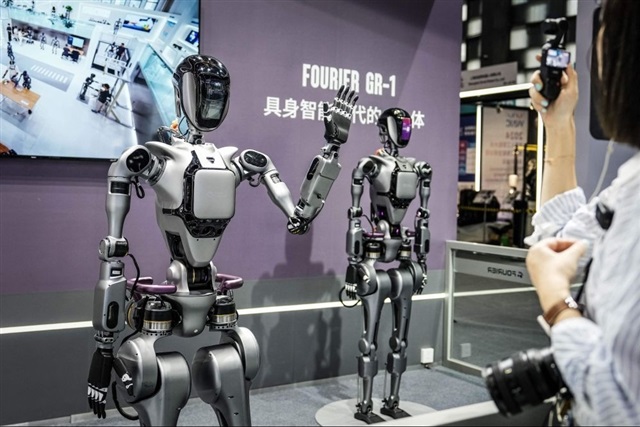Introduction
The robotics revolution is entering its most transformative phase as humanoid robots transition from industrial settings to everyday environments. By 2025, advanced models like Tesla Optimus, Figure 01, and Xiaomi CyberOne are projected to redefine labor markets, household productivity, and service industries—blurring the line between science fiction and reality.
This 3,500-word guide examines:
✔ The state of humanoid robotics in 2025
✔ Tesla Optimus’ capabilities vs competitors
✔ 12 industries facing disruption
✔ Economic and ethical implications
✔ How businesses and households should prepare
1. The 2025 Humanoid Robotics Landscape
A. Key Players and Capabilities
| Robot | Company | 2025 Specs | Price Target |
|---|---|---|---|
| Tesla Optimus | Tesla | 5kW power, 45 lbs lift, $20k | $25,000 |
| Figure 01 | Figure AI | 5 hrs runtime, 1.2m/s walk | $30,000 |
| Atlas 2.0 | Boston Dyn. | Parkour-capable, industrial focus | $150,000+ |
Breakthrough Enablers:
- Multi-modal AI (combining vision, language, motion)
- Tesla’s actuator tech from EV manufacturing
- Neural networks trained in VR simulations
2. Industry Disruption: Where Humanoids Will Work
A. Manufacturing & Logistics (30% Adoption by 2025)
- Tesla’s internal goal: 1,000 Optimus units in Fremont factory by Q3 2025
- Amazon trials: Humanoid pickers in 10 warehouses
B. Home Assistance ($4B Market Projection)
- Elder care: Lifting patients, medication reminders
- Domestic chores: Laundry folding (Stanford’s Mobile Aloha tech)
C. High-Risk Services
- Firefighting: Dubai’s deployment of humanoid first responders
- Nuclear maintenance: UK’s RAIN hub prototypes
3. The Tesla Optimus Advantage
A. Cost Breakdown vs Human Labor
| Metric | Optimus (2025) | Human Worker |
|---|---|---|
| Hourly Cost | $2 (electricity) | $15-$50 |
| Uptime | 20 hrs/day | 8 hrs/day |
| Training | 1 hr (SW upload) | 3-6 months |
B. Unique Capabilities
- Bidirectional learning: Improves via fleet data sharing
- Tool use adaptation: Wields power tools within 5 mins demo
4. Economic Impacts and Labor Shifts
A. Job Creation vs Displacement
- Net positive: WEF predicts 12M new robotics jobs by 2025
- Most vulnerable roles:
- Warehouse pickers
- Basic construction labor
- Repetitive assembly line work
B. New Career Opportunities
- Robot trainers: Teaching humanoids complex tasks
- Ethical compliance managers: Ensuring safe human-robot interaction
5. Challenges to Widespread Adoption
A. Technical Hurdles
- Stair navigation reliability (current success rate: 82%)
- Fine motor skills for delicate tasks
B. Social Acceptance Barriers
- Uncanny valley resistance in homes
- Union pushback (UAW’s anti-robot clauses)
C. Regulatory Landscape
- OSHA’s 2025 robotics safety guidelines
- EU’s proposed “Robot Tax”
6. Preparing for the Humanoid Future
For Businesses:
- Pilot programs: Start with single-task deployments
- Retrain staff: Focus on robot supervision/maintenance
For Households:
- Wait for Gen 2 models (2026-27 for consumer reliability)
- Study basic robotics maintenance
For Investors:
- Key stocks: Tesla (OPTUS), Figure AI, NVIDIA (AI chips)
- ETF plays: ROBO, BOTZ
Conclusion
2025 will mark the inflection point where humanoid robots evolve from factory tools to versatile assistants. While Tesla Optimus leads the charge, the broader ecosystem’s success hinges on:
✔ Solving “last 10%” reliability challenges
✔ Developing intuitive human-robot interfaces
✔ Creating equitable transition policies

